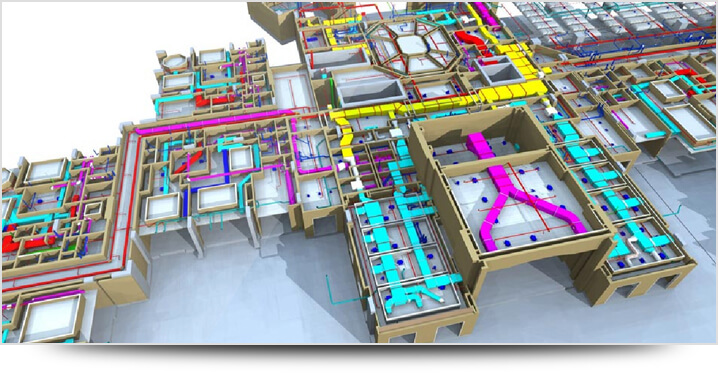Let children creative and make a different
Let children creative and make a different

Androbim provides quality and comprehensive Revit MEP services to lead designers and multi-disciplinary consultants. We also serve the MEP contractors and consultants. Our MEP modelling services are available on standalone basis or as part of complete design.
Most especially, the structural engineers can take benefit of structural analytical model improvement and intensified support for structural aspect. By leveraging on Revit structural services clients can avail models more quickly and thus resulting in better construction models.Best Revit MEP training institute in Hyderabad.